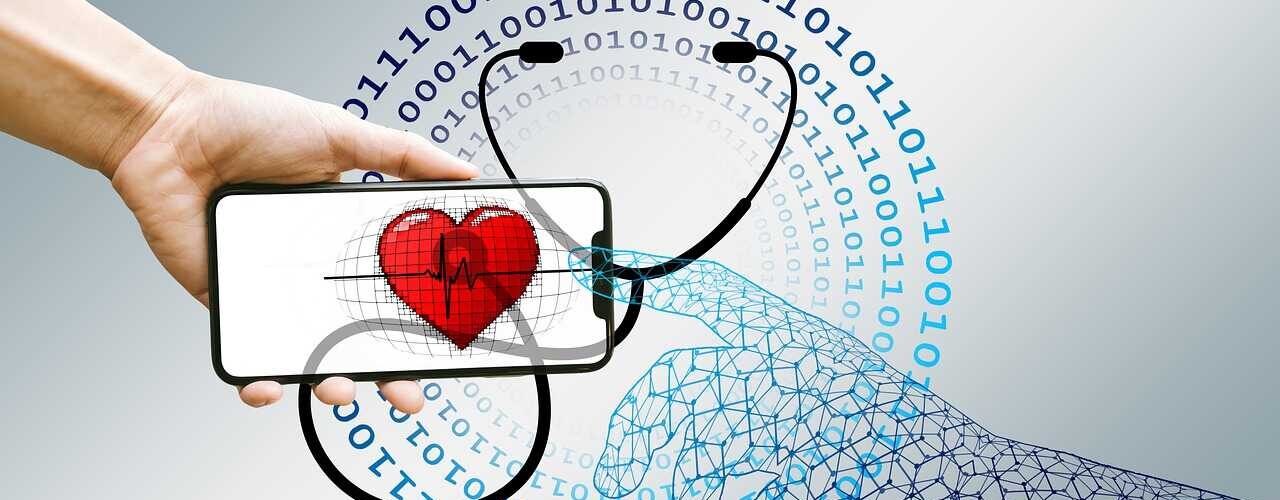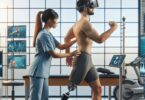Big data helps medicine predict medical errors before they occur. See what it’s all about.
Big Data consists of a process that analyzes and interprets large volumes of data, both structured and unstructured.
Big Data is used so that data stored remotely can be used by companies as a basis for their decision making.
They currently big data refer to data sets ranging from 30-50 Terabytes to several Petabytes. The term big data refers to the enormous amounts of user data in applications, electronic transactions or machine logs. It also covers the capture in different sources, management, classification and efficient analysis of that information through various tools and programs.
Big data is important because its analysis unlocks information and perspectives that go beyond human perception and the capacity of traditional database analysis.
Patient records, health plans, insurance information, and other types of information can be difficult to manage, but they contain important information once analytics are applied. This is why data analytics technology is so important to the healthcare system. By analyzing large amounts of information quickly, diagnoses or treatment options can be provided almost immediately.
Big data can help prevent diseases. This means that accurate predictive analytics can be performed to identify future health problems in advance. This leads to more effective treatments, thus increasing the relationship of trust between the patient and the clinic or consultation.
Big data is a rapidly evolving and expanding field that offers many opportunities and trends for the future of healthcare. Some of the opportunities include data integration, visualization, personalization, and democratization. Integrating data from different sources and platforms can help create a more complete and holistic view of the patient and the healthcare system. Data visualization can help present and communicate data in a more intuitive and interactive way.
The primary function of Big Data in the health system is the prognosis and prevention of diseases: Big Data can identify patterns, trends and risk factors related to diseases, allowing the prognosis and early prevention of diseases, as well as the implementation of preventive interventions. and health promotion programs. Thanks to this, health centers can create intelligent health alert systems, predict health expenses, control epidemics, evolution of diseases and chronic patients.
Big data analytics can help prevent medical errors by predicting them before they occur. Using predictive models and algorithms, data scientists can analyze data and identify risk factors, patterns, or trends that can lead to error. For example, big data analytics can help predict surgical complications, such as bleeding, infections, or organ failure, using data from the patient’s history, type of surgery, surgeon experience, or hospital performance.
Big data is not a surprising solution that can eliminate all medical errors. There are still many challenges and limitations that need to be addressed and overcome. Some of the challenges include data quality, privacy, security, and ethics. Data must be accurate, reliable, consistent and relevant for the analysis to be valid and trustworthy. Data must also be protected against unauthorized access, misuse or breach, while respecting the rights and consent of data owners. Data must also be used responsibly and ethically, without bias, discrimination or harm.
Examples of Big Data applications:
- Predict and prevent serious medical conditions.
- Generate electronic health records.
- Allow early detection of preventable diseases.
- Access telemedicine.
- Accelerate investigation processes.
- One of the main applications of big data is in the field of marketing, especially in customer relations.
- Health.
- Education.
- Sustainability.
- Finance.
- Agriculture.
- Logistics and supply chain.
- Government and public administration.
Big Data Characteristics:
The most important characteristics of Big Data can be perfectly classified into four magnitudes, better known as the four Vs of Big Data, relating to volume, variety, speed and veracity. To these four Vs, we can add three more, such as Viability and Visualization. There are more and more data production systems, from social networks to objects such as voice assistants for the home or activity bracelets.
Font
https://www.powerdata.es/big-data
https://www.sas.com/es_mx/insights/big-data/what-is-big-data.html
https://es.wikipedia.org/wiki/Macrodatos
https://blog.hubspot.es/website/que-es-big-data
OTHER ARTICLES THAT MAY INTEREST YOU
Modern biotechnology in recombinant protein production
Modern biotechnology in the production of recombinant proteins
Find out what genetic modification involves to alter the composition of an organism’s DNA
Learn what genetic modification consists of to alter the composition of an organism’s DNA









